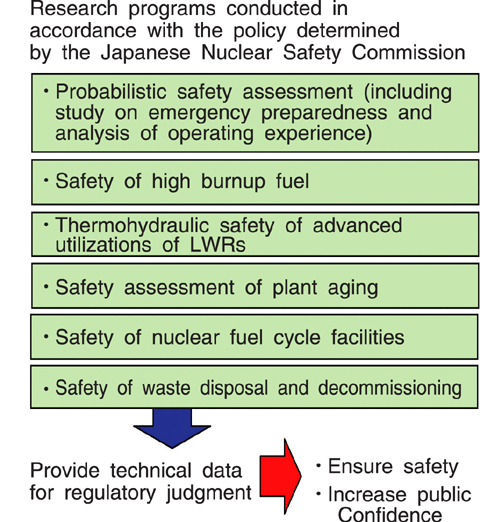
Fig.5-1 Major Subjects and Tasks of Safety Research
The latest scientific and technical knowledge is essential for the development and improvement of the safety guidelines and criteria with which the regulatory authorities perform safety regulation to assure the safety of nuclear installations.
The Nuclear Safety Commission (NSC) proposed a "Prioritized Plan for Nuclear Safety Research" in July 2004, to be carried out in order to meet the future regulatory needs. The main tasks expected of us are shown in Fig.5-1.
The results of nuclear safety research contribute to the maintenance and improvement of safety of the nuclear facilities and also to fostering public confidence in nuclear safety.
Furthermore, we are supporting the regulatory body Nuclear and Industrial Safety Agency (NISA) and the Japan Nuclear Safety Organization (JNES) by conducting research on various technical issues in safety regulation which they have contracted us to do.
The programs specified in the NSC's prioritized research plan and these contracts with the regulatory bodies are steadily providing a wide spectrum of useful results. The following paragraphs briefly describe the current status of research and new results from the programs shown in Fig.5-1.
The program on probabilistic safety assessment (PSA) is developing PSA methodologies for nuclear fuel cycle facilities and studying effective uses of risk information for safety regulation and management. The research program on emergency preparedness is applying the methodologies of PSA and environmental consequence analysis to the development of guides for decision making in various emergencies, including action levels, area, and timing of protective actions. Analysis of operating experience aims to obtain lessons from incidents that have occurred in nuclear facilities. An analysis of reported events of primary water stress corrosion cracking (PWSCC) provided information useful for early detection of PWSCC (Topic 5-1).
For the study of high burnup fuel safety, the FEMAXI-6 code for simulation of fuel behavior under normal operation was improved for application to MOX fuel and was tested by comparison with an experiment (Topic 5-2). A test at the nuclear safety research reactor (NSRR) simulating a reactivity initiated accident (RIA) clarified the fission gas release behavior in fuel pellets of high-burnup fuel (Topic 5-3).
In the study of safety assessment on advanced uses of light water reactors, tests at the Large Scale Transient test Facility (LSTF) under the international collaboration with the OECD/NEA are in progress and have produced test data useful for diagnosis of accident conditions and validation of analysis codes (Topic 5-4). A new measurement system for rapid boiling behavior in coolant channels in fuel bundle was developed and obtained test data for validation of RIA analysis codes (Topic 5-5).
For research on structural integrity assessment of reactor components, data on the neutron irradiation embrittlement mechanism such as intergranular embrittlement were obtained. The data suggested that the effect of phosphorus (P) impurities is not significant even with high values of neutron fluence. Moreover, we proposed a modified "Master Curve" method for fracture toughness evaluation of reactor pressure vessel steel, that enables a conservative fracture toughness estimate considering intergranular embrittlement (Topic 5-6).
For research on safety evaluation of nuclear fuel cycle facilities, we performed tests of the degree to which fission products in spent fuel reduce reactivity (burn up credit), and using this data examined the accuracy of the computation analysis used in criticality safety assessment of spent fuel storage facilities (Topic 5-7).
In the field of radioactive waste disposal and facility decommissioning safety research, we developed procedures to derive the upper bound of radioactivity concentration for three disposal methods of transuranium (TRU) wastes: trench disposal, concrete vault disposal and intermediate depth disposal. Calculation results of these procedures were incorporated in a report by the nuclear safety commission and in the ordinance of Ministry of Economy, Trade and Industry in 2008 that prescribed requirements on disposal of TRU wastes (Topic 5-8).
For the safety assessment of geological disposal of high-level radioactive waste (HLW), we developed a computer code for prediction of long-term performance alteration of compacted bentonite that covers the metal container encapsulating the HLW (Topic 5-9).